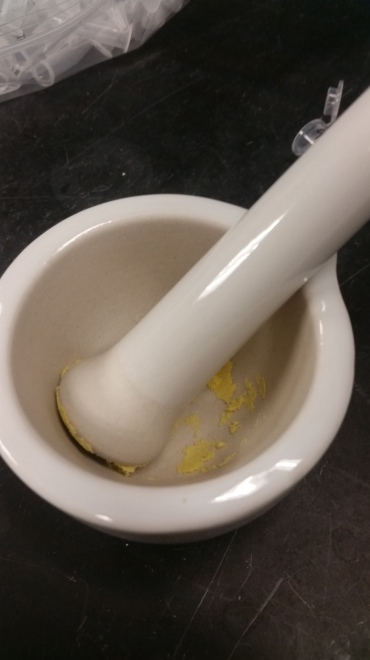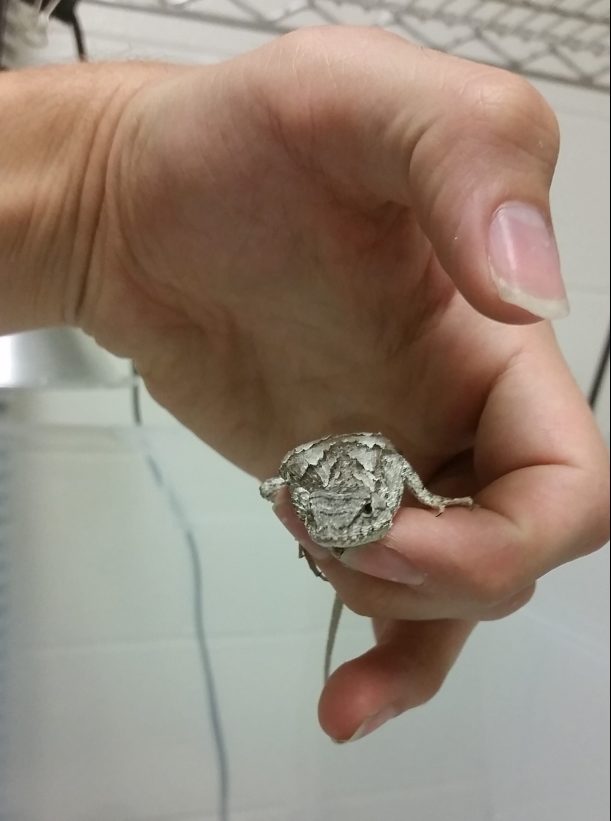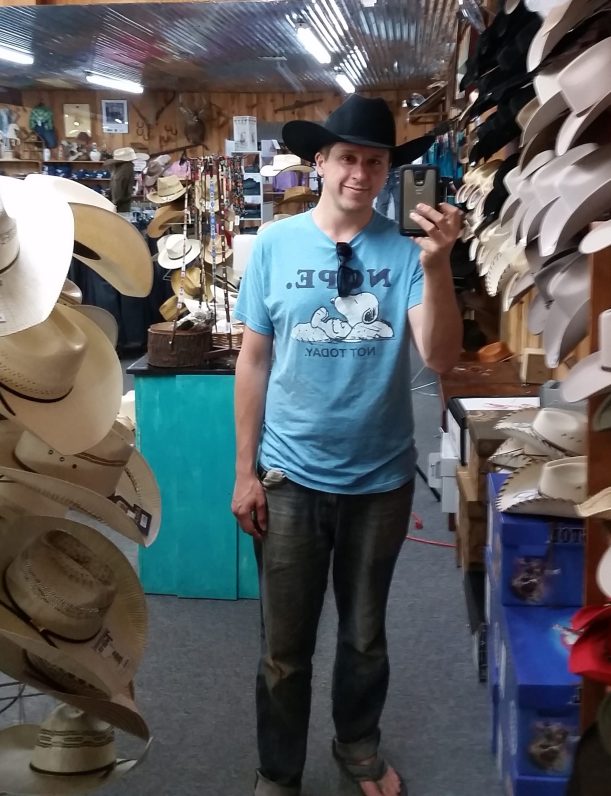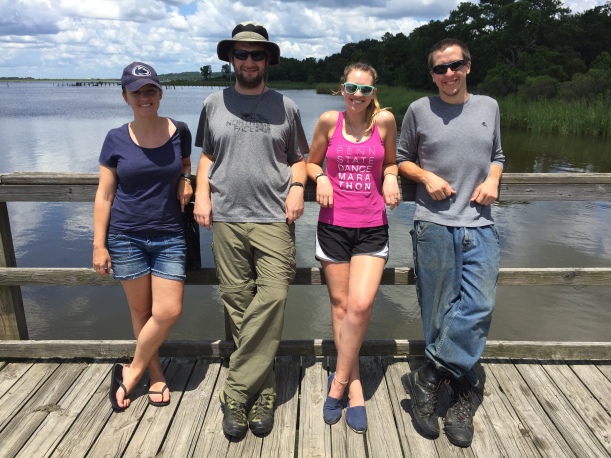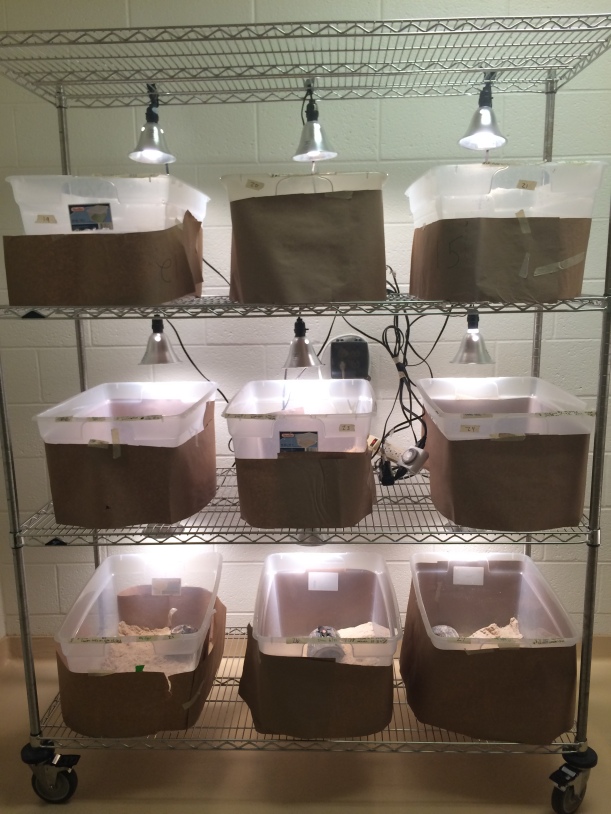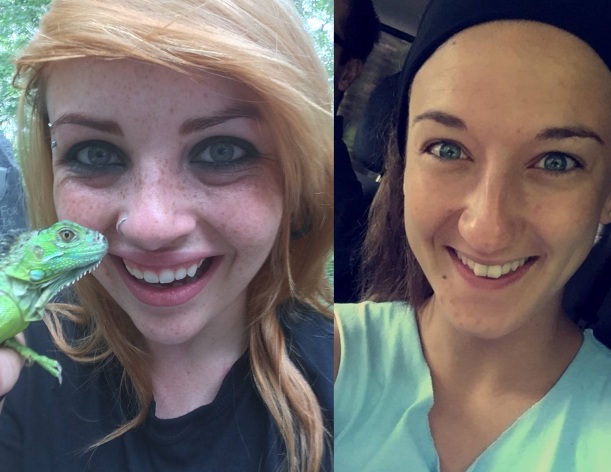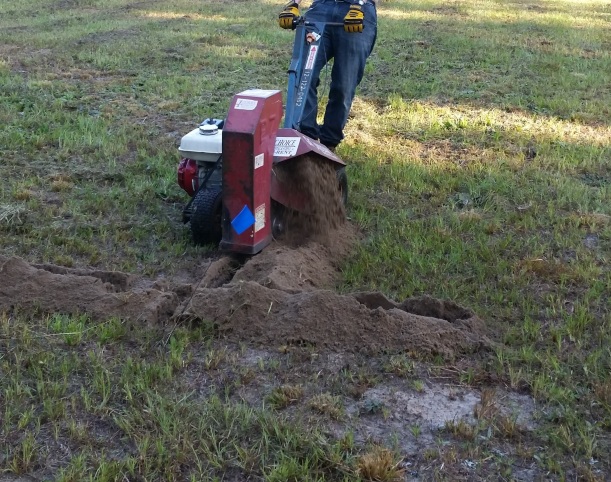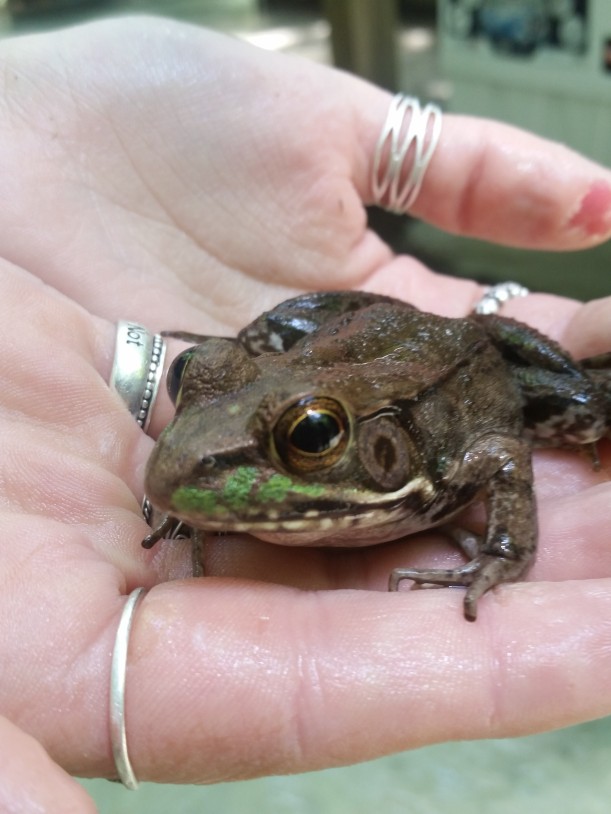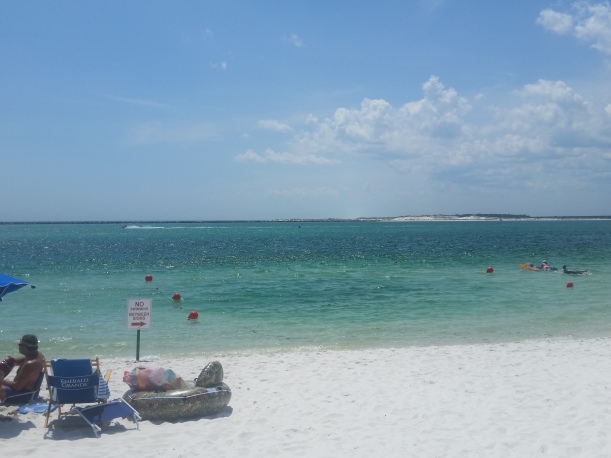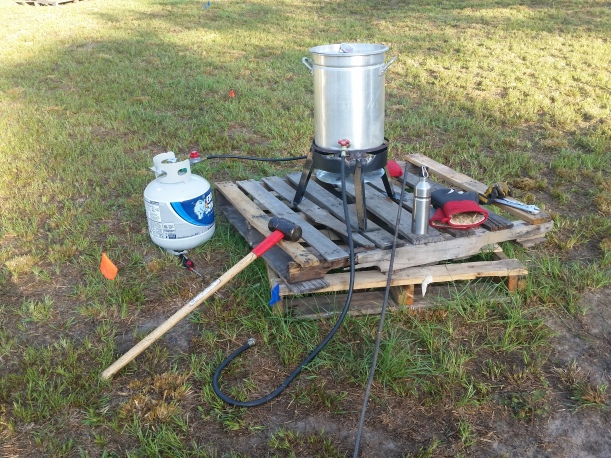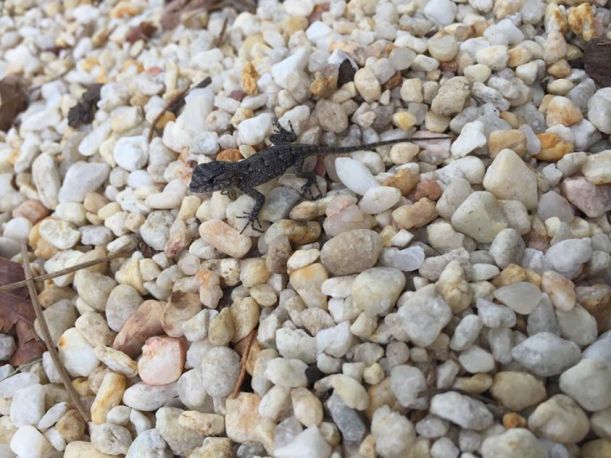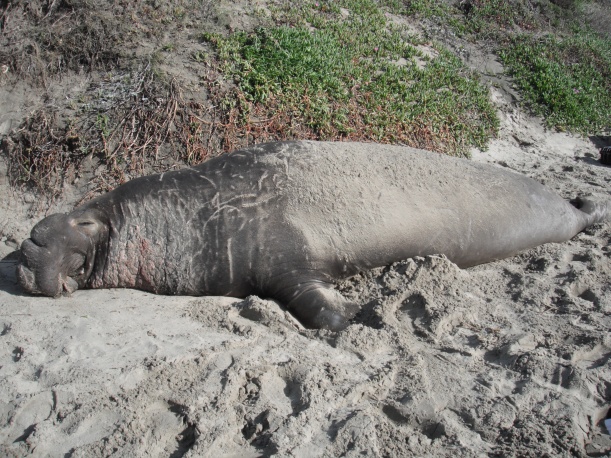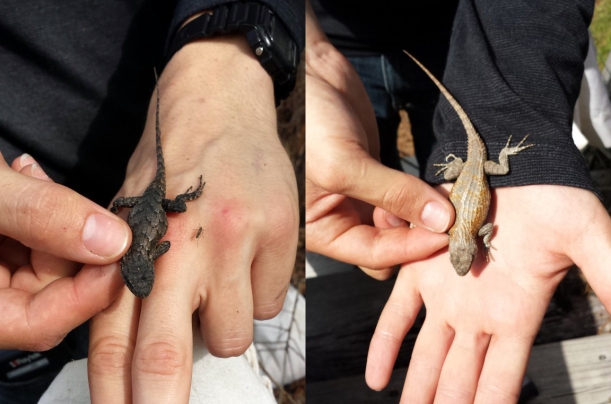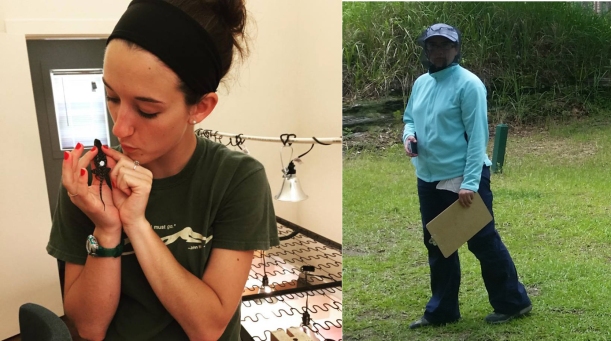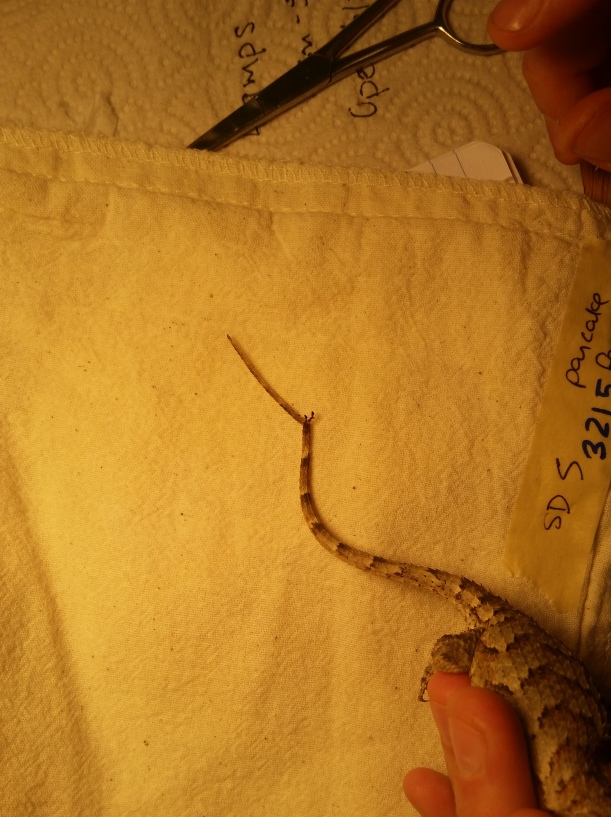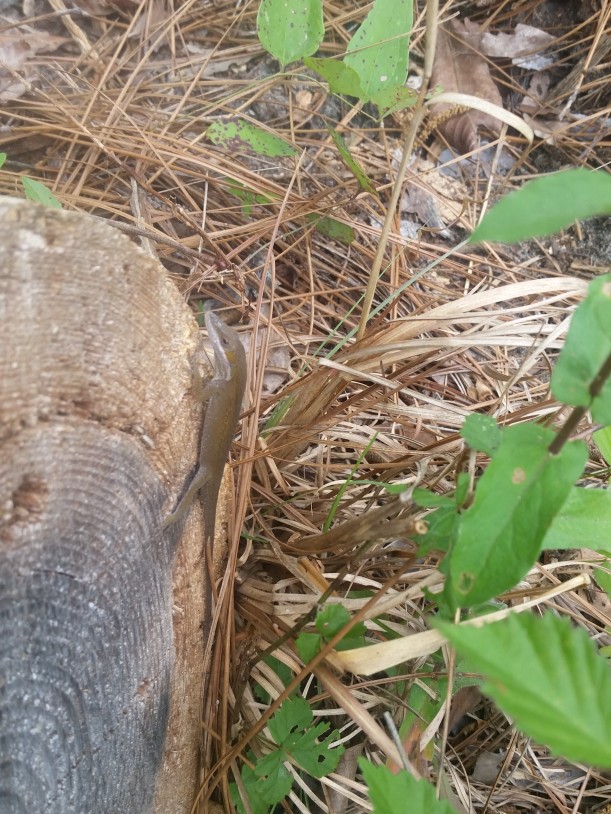Hi everyone!
Last time I talked about looking at how maternal stress effects egg nutrients and we have found that maternal stress increases yolk protein and decreases yolk lipid concentrations! With that out of the way, today I am going to talk about the next project I am working on which involves brains. We know that maternal stress can have many effects on animals, such as changing their hormone concentrations and behavior, however less is known about how maternal stress influences hormone receptors in the brain, so I wanted to explore this. First you have to preserve the brain and then slice it thin so you can eventually look at the cells.

The white circles are brain slices, important to not let them dry out!
You also want to make some sort of barrier around the slices so fluid stays on the slides as they incubate in the different fluids. I used a barrier pen, but you can also use clear nail polish!
Next, through a series of washes and solutions, you want to punch holes in the cell membranes so your antibodies can get in and bind with the receptors.
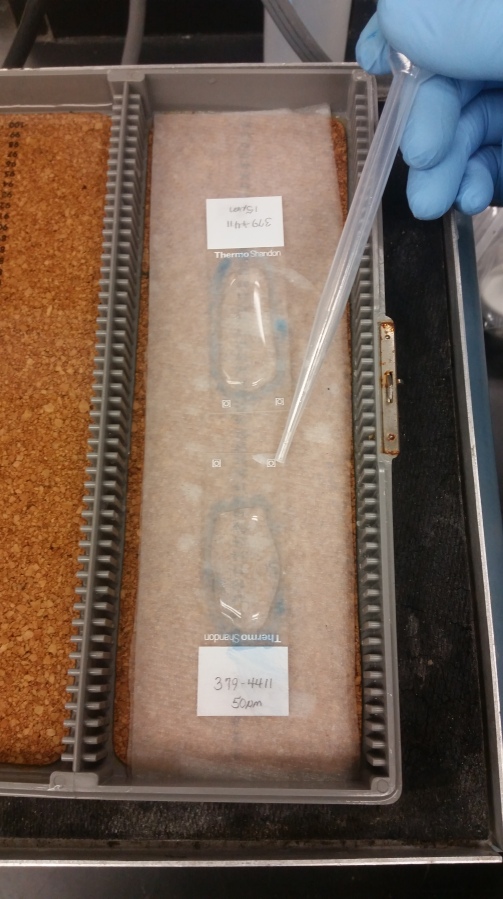
Carefully adding and removing solution can be done with pipettes
Because some of the solutions have to incubate for a long time, its best to have them in an enclosed container with a wet paper town so the fluids don’t evaporate. After the solutions are on, you want to let them incubate on a gently rotating surface so the solution moves and the antibodies can bind to the appropriate receptors. You can use different antibodies to bind to different receptors, so we used ones that bind to stress hormone receptors.

Sometimes they incubate at room temperature….

…and sometimes they incubate in a refrigerated room.
After you get the different antibodies attached to the receptors, you need to add something to differentiate those cells. For that we use a diaminobenzidine , or DAB for short, solution. However, you have to be really careful with this, as not only is DAB a hazardous material as a solid, to get it to dissolve into a fluid you need to use 10M hydrochloric acid, which has a pH of somewhere around -1.0 (measuring pH gets very weird when you get strong acids and are below 0)!

Not only hazardous, but will also melt through organic things!
However, if we add this to our brain tissue without correcting the pH, that would be very bad! So by using a base (NaOH) and moving quickly (don’t want the DAB to come out of solution) we can correct the pH using a pH meter.

pH meter along with solutions and protocol.
Once we bring the pH back to around neutral, we can add it to our brain slices so the dab will cause a color change in the cells with receptors for stress hormones.

The thicker slices (50um) have more receptors so they are darker then the 15um slices.
Finally, after removing all fluids and sealing the slides with a cover slip, we can look at the slices to see what cells have receptors!

The darker cells have stress hormone receptors compared to the tissue at the top.
The question I want to address with this technique is if maternal stress effects the amount of stress hormone receptors in the brains, so stay tuned!
Thanks,
David



